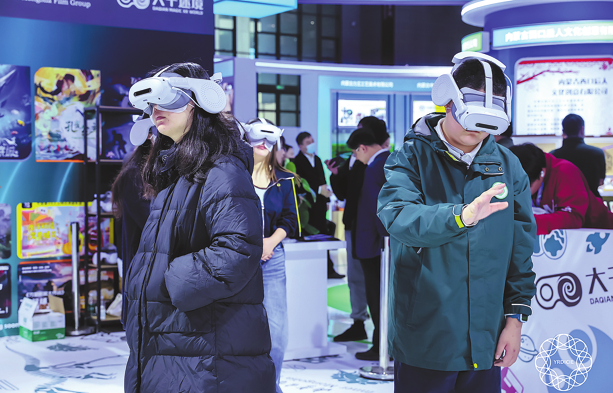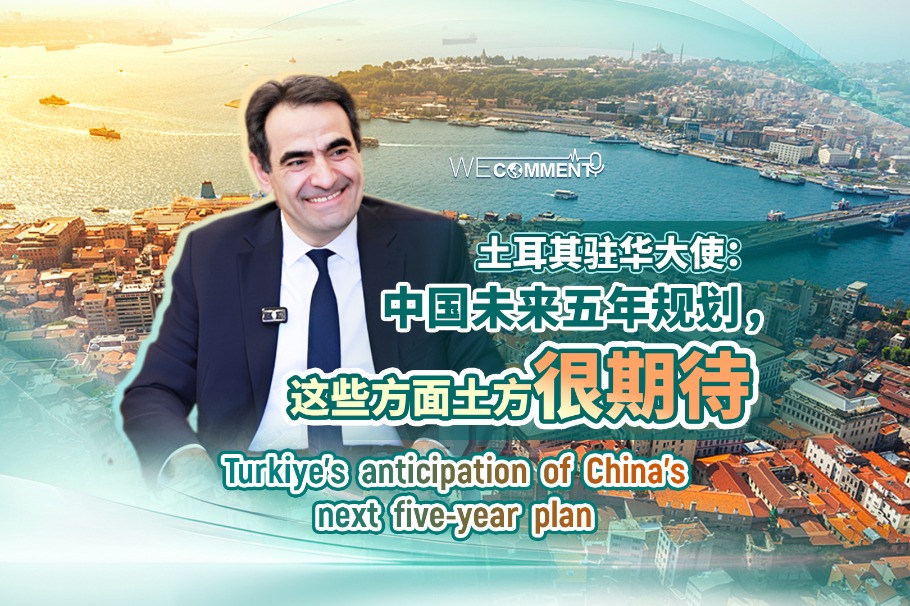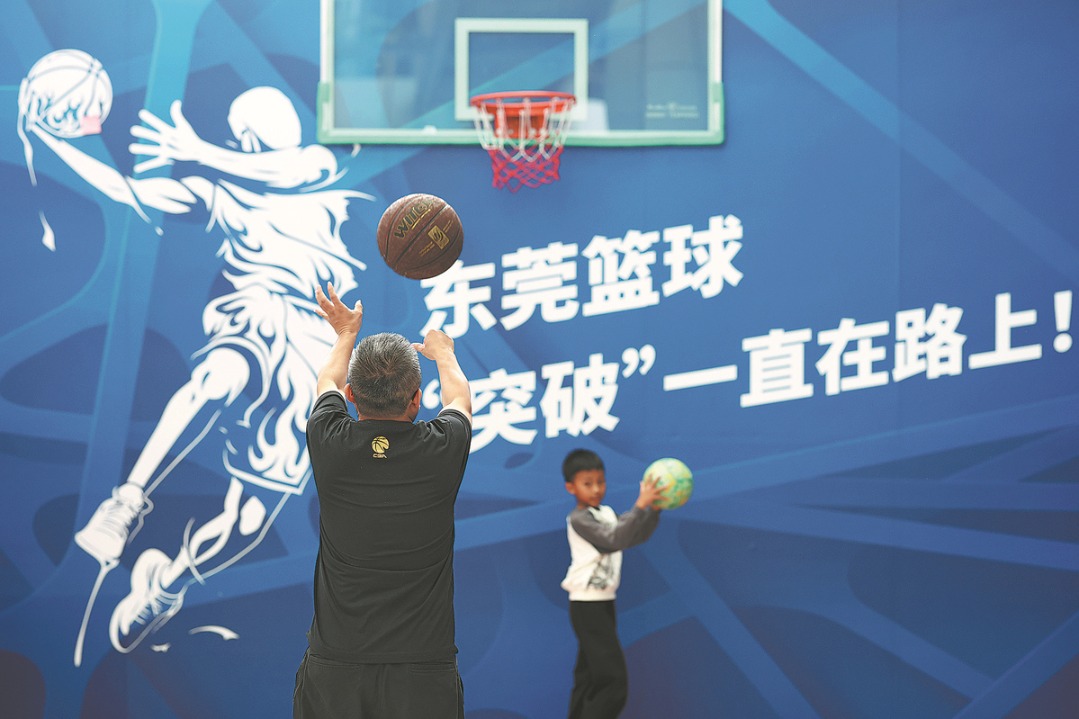Immersive culture and tech shine at industry event


From immersive experiences to merchandise inspired by popular IP to innovative interpretations of intangible cultural heritage and recreational vehicles, the Sixth Yangtze River Delta International Cultural Industries Expo showcased the rapid growth of China's cultural and tourism sectors from Nov 20 to 22.
As a flagship platform for integrated culture-industry development in China, the exhibition filled 80,000 square meters at the National Exhibition and Convention Center in Shanghai, and brought together 1,500 exhibitors from the Yangtze River Delta and other regions.
The three-day expo drew more than 120,000 visitors, including 20,000 professionals and industry insiders. It also hosted 17 forums, nine trade and economic matchmaking conferences, and 10 investment promotion events with intended transactions and contracts valued at 14.9 billion yuan ($2.09 billion).
This year, cutting-edge cultural and tourism experiences supported by the latest technology emerged as the strongest draw. Among the highlights were a mini TV series created entirely using AIGC (Artificial Intelligence Generated Content) by Shanghai Film Group, one of the world's first HDR10-ready AR glasses displayed at the Jiangsu pavilion, and Unitree robotic dogs showcased at the Zhejiang pavilion.
Immersive experiences powered by VR and AR have become increasingly common across China's cultural and tourism landscape, a trend reflected in the 33 such projects unveiled at the expo. These initiatives represent not only the deepening integration of culture and technology, but also the creation of entirely new cultural consumption scenarios that have quickly gained traction with audiences.
At the expo, Nanjing Museum from Jiangsu province presented highlights of Mapping the World: The Kunyu Wanguo Quantu of Ming China, an immersive experience based on a treasured painting in its collection.
Kunyu Wanguo Quantu (complete map of all the countries of the world) was created by Italian priest Matteo Ricci (1552-1610) in collaboration with Chinese scholar Li Zhizao in 1602.
Departing from the common practice of placing Europe at the center of world maps, Ricci's version shifted China and the Pacific to the center, offering a new geographical worldview. Today, the map is considered a key historical record of early cultural exchange between China and the West and is recognized as a national treasure held by Nanjing Museum.
The museum launched the VR project to make the fragile cultural relic more accessible to the wider public. "We tried to tell a story of cultural communication between China and the West during the Ming Dynasty (1368-1644), let people walk into the map, become part of the story, understand how Chinese people perceived the world 400 years ago, and how the world saw China," Xu Xiaohu, curator of the exhibition at Nanjing Museum, told China Daily on Nov 20.
In Nanjing, the 30-minute experience has attracted more than 120,000 viewers in four months. "We have participated in all six editions of the expo," Xu said. Every year, the museum showcases its latest efforts integrating cultural merchandise with its collections, theme exhibitions and public education. Aside from the VR showcase, Nanjing Museum also exhibited more than 150 spin-off products inspired by the cultural relics in its collection, most of them newly released this year.

Today's Top News
- Xi calls for promoting volunteer spirit to serve national rejuvenation
- Xi chairs CPC meeting to review report on central discipline inspection
- Reunification will only make Taiwan better
- Outline of Xi's thought on strengthening military published
- Targeted action plan to unleash consumption momentum
- Separatist plans of Lai slammed






























